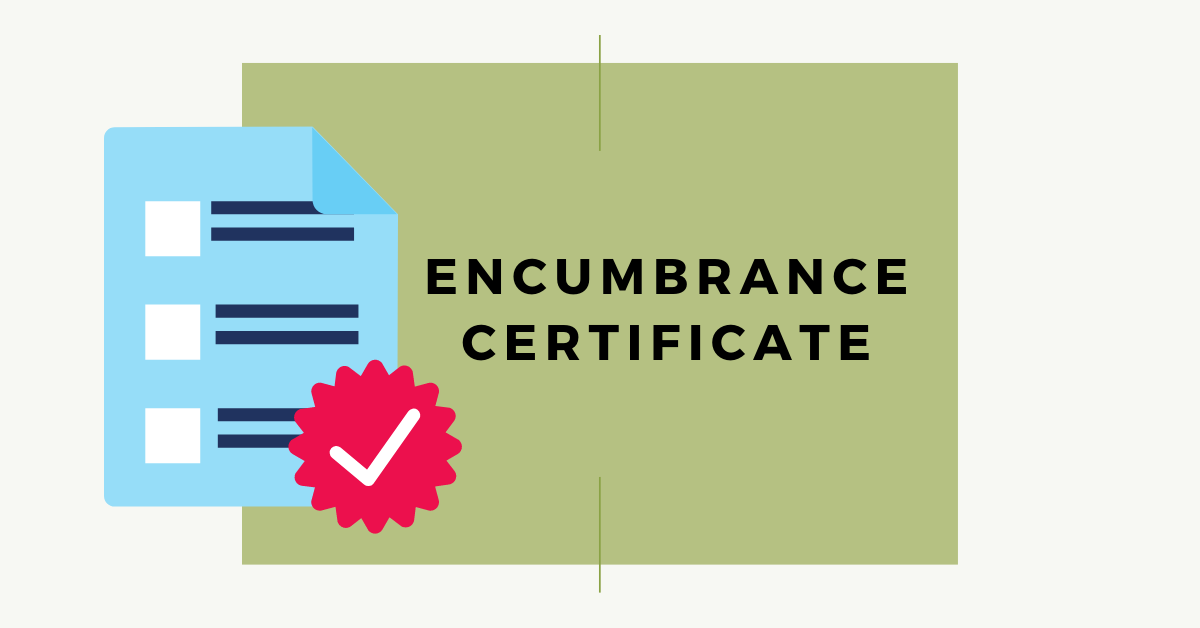In the realm of real estate transactions, ensuring secure property ownership is paramount. One essential document that plays a pivotal role in this process is the Encumbrance Certificate (EC). Serving as a roadmap to secure property ownership, understanding the nuances of an EC is crucial for both buyers and sellers. In this comprehensive guide, we delve into the intricacies of Encumbrance Certificates, shedding light on their significance, how they’re obtained, and why they’re indispensable in property transactions.
Understanding Encumbrance Certificates
An Encumbrance Certificate is a legal document that provides an exhaustive record of all transactions related to a particular property. It essentially serves as proof of clear title, indicating that the property in question is free from any monetary or legal liabilities. These liabilities can include mortgages, liens, legal disputes, or any claims against the property.
Significance of Encumbrance Certificates
- Verification of Property Title: The primary purpose of an EC is to verify the title of the property. By examining the EC, potential buyers can ensure that the property they intend to purchase does not have any legal encumbrances or disputes.
- Protection Against Fraud: EC acts as a safeguard against fraudulent transactions. It provides transparency and clarity regarding the ownership history of the property, minimizing the risk of falling victim to scams or purchasing disputed properties.
- Secure Financing: Lenders often require an EC before approving a loan for property purchase. By presenting a clean EC, buyers can streamline the financing process, as it assures lenders of the property’s clear title, making it easier to secure loans or mortgages.
Obtaining an Encumbrance Certificate
Obtaining an EC typically involves a visit to the sub-registrar’s office or the relevant authority responsible for property registrations. Here’s a step-by-step guide on how to obtain an Encumbrance Certificate:
- Application Submission: Submit an application to the sub-registrar’s office or the concerned authority. Include details such as the property’s address, survey number, and any other relevant information required for processing the EC.
- Verification Process: The authority will conduct a thorough verification process, examining property records and transactions dating back to a specified period. This process ensures that the EC accurately reflects the property’s title status.
- Issuance of Certificate: Upon completion of the verification process, the authority will issue the Encumbrance Certificate. It typically contains details of all transactions, including sales, mortgages, and any encumbrances registered against the property during the specified period.
- Validity Period: It’s essential to note that ECs are issued for a specific period, usually ranging from 12 to 30 years, depending on local regulations. Buyers should ensure they obtain ECs covering a sufficient timeframe to verify the property’s title thoroughly.
Interpreting an Encumbrance Certificate
Interpreting an EC requires a keen understanding of its contents. Here are some key elements to look for when examining an Encumbrance Certificate:
- Property Description: Verify that the details provided in the EC match the property being considered for purchase. This includes the property’s address, survey number, and other identifying information.
- Transaction History: Examine the transaction history section carefully. Look for any entries indicating mortgages, sales, or other encumbrances against the property. Ensure there are no discrepancies or undisclosed liabilities.
- Encumbrance Status: Pay attention to the encumbrance status section, which typically indicates whether the property is free from any encumbrances or if there are existing liabilities that need to be addressed.
- Certification: Confirm that the EC is certified by the appropriate authority and includes the official seal or stamp. A valid EC should bear the signature of the issuing officer and provide assurance of its authenticity.
Conclusion
In conclusion, an Encumbrance Certificate is a vital document that serves as a roadmap to secure property ownership. By providing a comprehensive record of property transactions and title status, ECs play a crucial role in verifying clear title and protecting buyers from potential legal and financial risks. Whether you’re buying, selling, or financing a property, understanding the significance of Encumbrance Certificates is essential for ensuring a smooth and secure transaction process.

